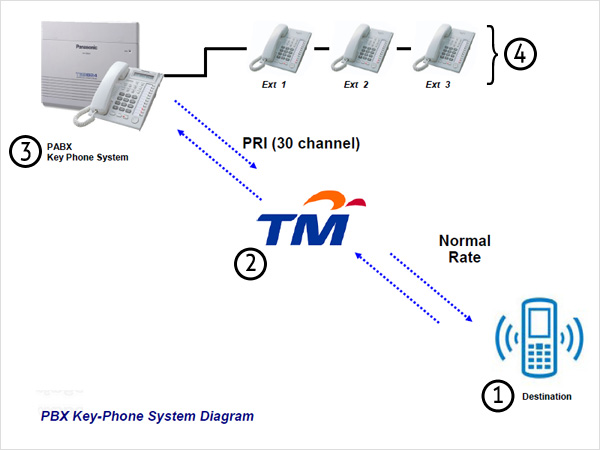IP-PBX vs Key-Phone System
Why is IP-PBX Replacing Key Phone Systems?
- Flexibility: IP-PBX allows calls over the internet (VoIP), reducing dependence on physical telephone lines.
- Scalability: Easier to add or remove extensions without rewiring or buying expensive hardware.
- Cost Saving: Reduces call costs, especially for long-distance and international calls.
- Advanced Features: Offers voicemail to email, remote extension access, mobile app integration, and CRM integration.
- Maintenance: IP-PBX requires less maintenance compared to old-fashioned key phone systems.
Why and How Cloud PBX is the Next Generation
- Why: Cloud PBX removes the need for on-premise hardware. Everything is hosted in the cloud by service providers, ensuring high availability, automatic updates, and easy expansion.
- How: Businesses subscribe to Cloud PBX service. Their phones connect securely to the provider's cloud server using internet connections (broadband/fiber/LTE), and enjoy full PBX features without owning physical servers.
Key-Phone System PBX Overview
A typical keyphone system or PBX consists of:
- PABX server / Key phone server
- Multiple telephones or extensions within the company
- Direct connection to phone lines provided by Telekom Malaysia or other providers
Purpose: To enable internal intercom communication, share external lines for outgoing calls, and reduce telecommunication costs.
Key-Phone System PBX Call Handling
- Caller dials your company's number through TM (Telekom Malaysia).
- TM identifies the number and routes it to your PBX/Keyphone System.
- The PBX picks up the ring, uses IVR to ask for extension input or routes the call directly.
- If answered by the wrong extension, the call is transferred manually to the correct extension.

Key-Phone System PBX Architecture